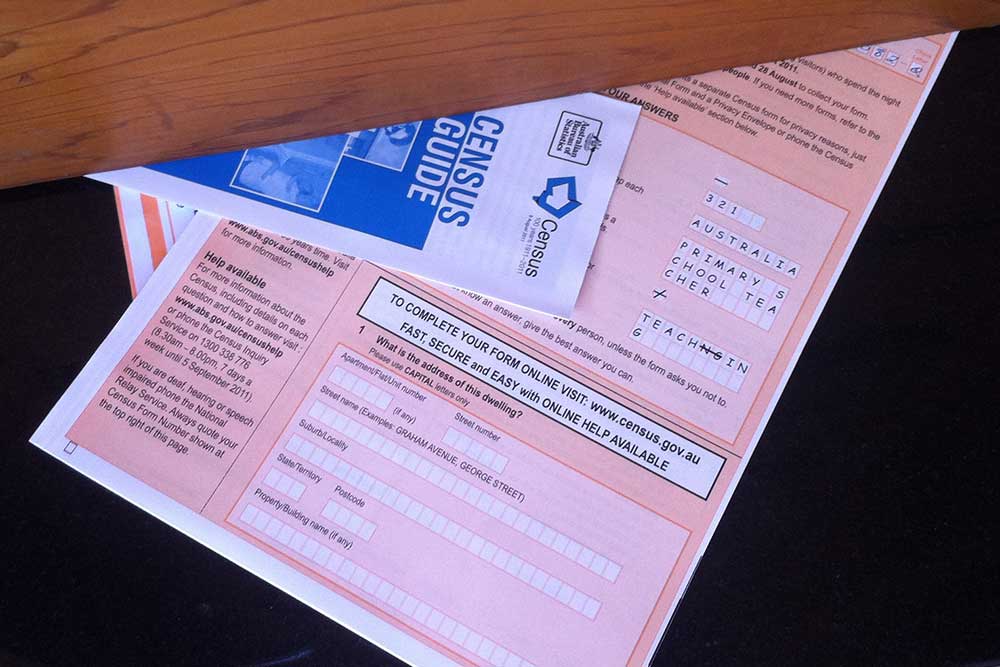
Image: Ruben Schade.
In an age where tech gurus and experts persistently crow about the death of paper forms and the full integration of digital forms in all capacities, the old paper mill has defied the rhetoric and remained as resilient as ever.
And that endurance of paper has extended to common technologies that support paper elements, such as printers, scanners, and all the other components that are provided in the supply chain.
Not only is there a whole industry revolving around manufacturing paper and its tech accessories, people in general simply want to keep using it. The digital revolution may be convenient for most in the 21st century, but some people insistently cling on to paper for reasons that extend beyond the nostalgic tactile sensation of a physical sheet.
Even if it’s for something like filling out a nation’s population survey like Australia’s census.
The Census, which is conducted by the Australian Bureau of Statistics (ABS) every five years, will be sent out to people across the nation to fill out and be collected once more in August 2016.
Beside the obligatory population and demographic changes that are expected to be recorded, one of the more curious aspects of the new census is that the ABS is expecting the total number of forms to be 6.1 million, amounting to over 62 million sheets of paper.
And to record all of this information digitally, the ABS wants heavy duty scanners, which it has notified in a new Request for Tender (RFT) through AusTender.
In this monumental project that cost $440 million in the 2011 Census, the ABS used 15 heavy duty scanners, but for the 2016 project, the ABS intends to purchase up to five scanners to be delivered by 8th January 2016, and up to 15 additional scanners may be purchased in March 2016 following testing to determine throughput rates.
The software element of this scanning process involves the use of Intelligent Character Recognition (ICR) technology that is used to data capture census forms. This software was used for the 2001, 2006 and 2011 Censuses.
The new RFT follows a similar callout that was released in July 2015 when the ABS announced that it was seeking submissions for the supply, delivery, installation, calibration, initial operator training and on-going maintenance of guillotines suitable for use in the 2016 Census Data Centre (DCC).
These guillotines (not the ones you might be thinking of) will be used to remove the bindings from the Census forms.
Although the ABS has continually said that the 2016 Census will be the “first predominantly digital census for Australia”, with the online form as the primary mode of response, the paper mill will still be busy in supplying truckloads of 80 GSM scanwrite stock.
The ABS has also said that the 2016 Census will produce approximately 327 tonnes of less paper material than in the 2011 Census – “equivalent to approximately 231 family sedans”.
According to the ABS, the number of forms to be scanned is “dependent on a number of factors”.
“While the population and number of dwellings will increase from 2011, it is also expected that the eCensus take up will also increase,” the tender documents said.
“This has a direct effect on the number of hard copy forms that need to be scanned and data captured.”





